Cayin RU9 Portable Tube DAC Headphone AMP Review – Electric Enhancement Fascination
Cayin RU9 is a $499 USD portable DAC Headphone Amplifier, with a Dual AK4493SEQ DAC at the core, and a Nutube 6P1 Based AMP, High-Resolution Decoding support, Bluetooth support, and a DC HyperMode with up to 1W of output power. Today we will review the new CAyin RU9 DAC AMP and also compare it with alternatives including iBasso Nunchaku Tube DAc AMP (299 USD), Rose Technics RT-5000 (699 USD) and FiiO Q15 (399 USD).
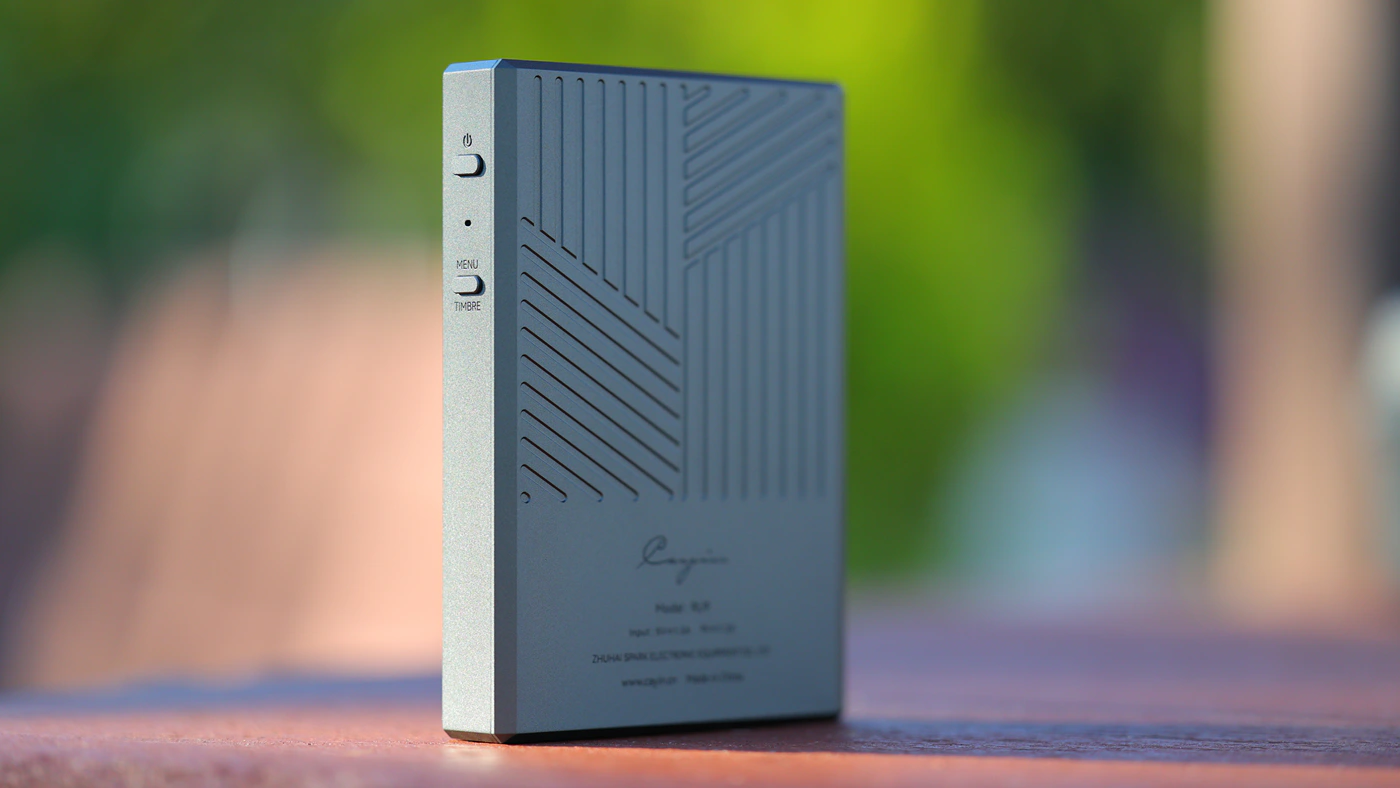
Introduction
Cayin is not back in store for us to review, and their RU9 is a popular DAC Headphone AMP with Tube Tech, and a Dual DAC setup, so it is interesting to see how their products feel now, years after we’ve originally reviewed their CAyin n5ii. Cayin products are available to purchase from Amazon, Aliexpress and usually Linsoul and other Chifi vendors too.
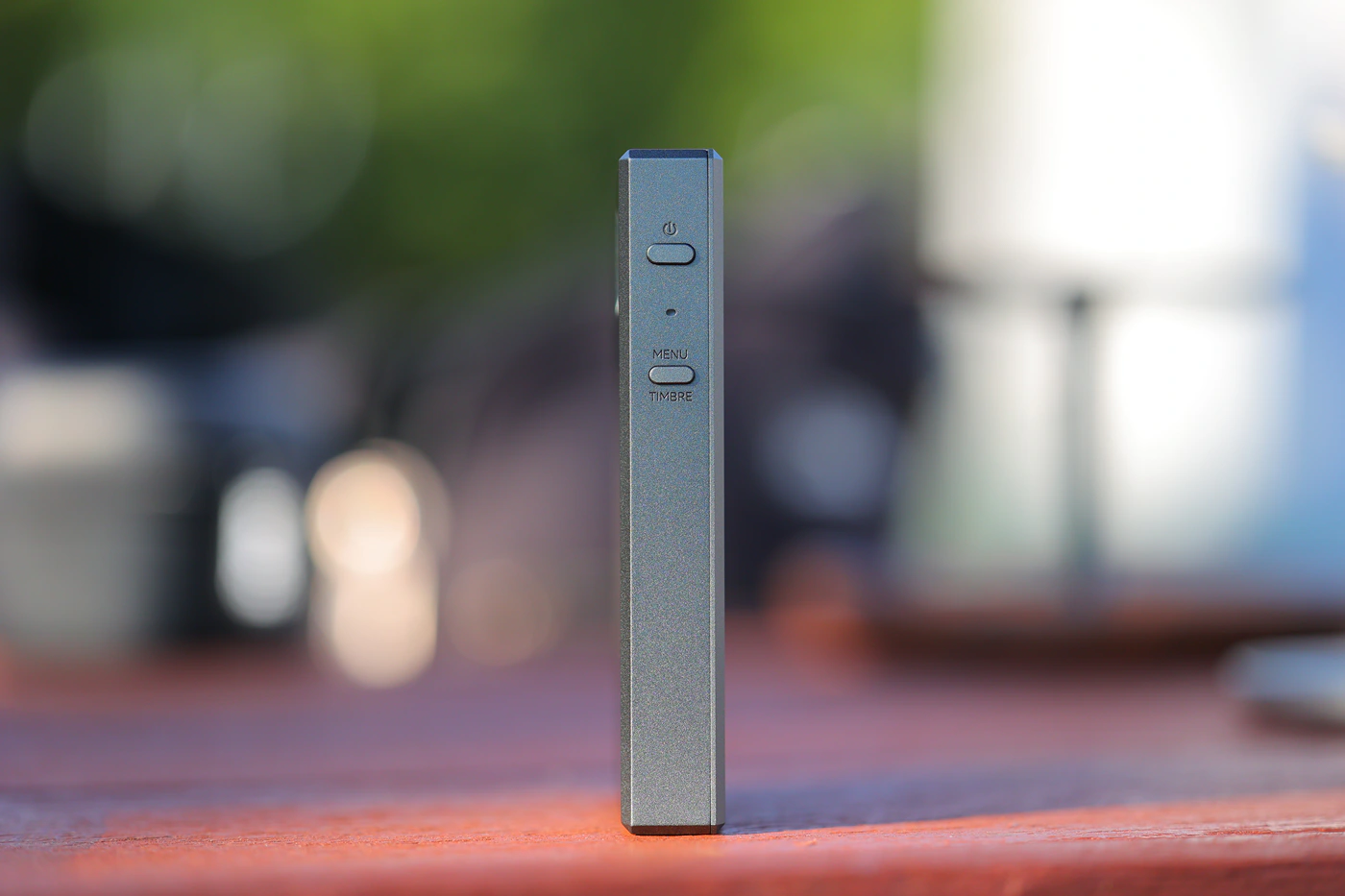
As an Amazon Influencer, I earn from qualifying purchases, and using the purchase links in my reviews helps me maintain this website and Youtube Channel. Audiophile-Heaven has no Ads and our Youtube Channel has no midroll ads, and our work is supported by Affiliate Links and Donations. Huge thanks to Cayin for providing the sample for this review, in exchange for my honest opinion.
Product Link
Amazon – https://amzn.to/4fHNReC
Aliexpress – https://s.click.aliexpress.com/e/_omNzxEH
Build Quality – Design
Cayin RU9 is a Portable Nutube USB DAC and headphone AMP, designed to be part of the ultraportable dongles that you can use with your phone to enjoy hifi headphones on-the-go. With the usage uf Gen5 6P1 Nutubes, Cayin RU9 has three timbres that you can freely switch between, a Tube Classic, tube Modern and SS or Solid State Sound. The whole DAC AMP is built around the Dual AK4493SEQ DAC setup, with an XMOS 16-Core XU316 USB Decoder at the backend.
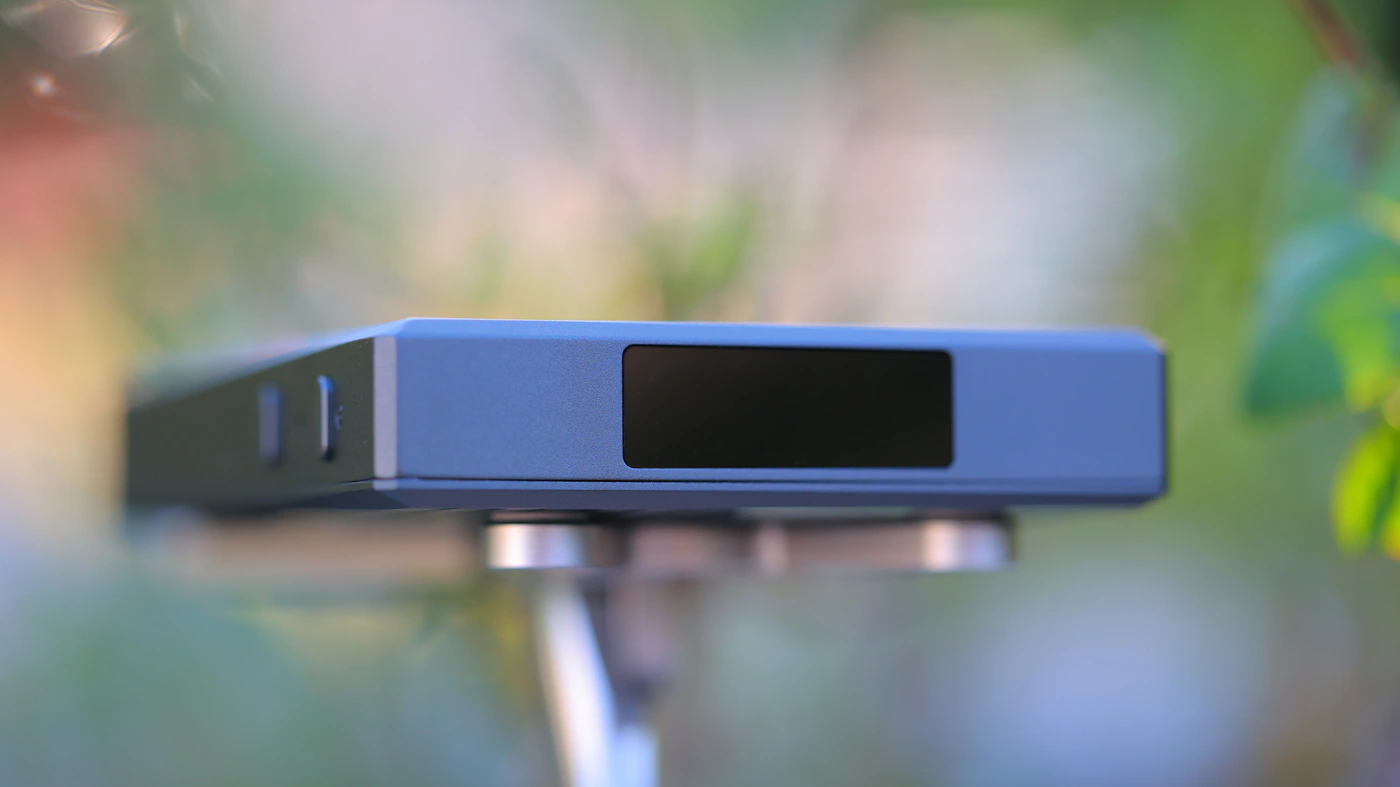
Cayin RU9 sports a battery inside, which enables it to provide you with up to 4.7 hours of battery life, with the actual battery life being around 3 and a half hours if using balanced output, loud volumes and nutube output. Maximum support goes hi-Res, with up to DSD 512 and PCM 32 Bit / 768 kHz being supported by RU-9. As Cayin is making those for diehard and old-school audiophiles as much as they are making them for the modern listener, they include a s/pdif input and output, with a 3.5mm headphone output / line out,m and a 4.4mm balanced headphone output / line out.
We even see the Qualcomm QC5125 as the BT chip that enables RU9 to decode aptX HD, aptX, aptX Low Latency, SBC, AAC and LDAC too. A magnetic case is included with the RU9, and it has a magnet on the back, and can easily snap on phones that have a mag lock or a magnetic case. The whole case is made of aluminium and it is CNC machined.
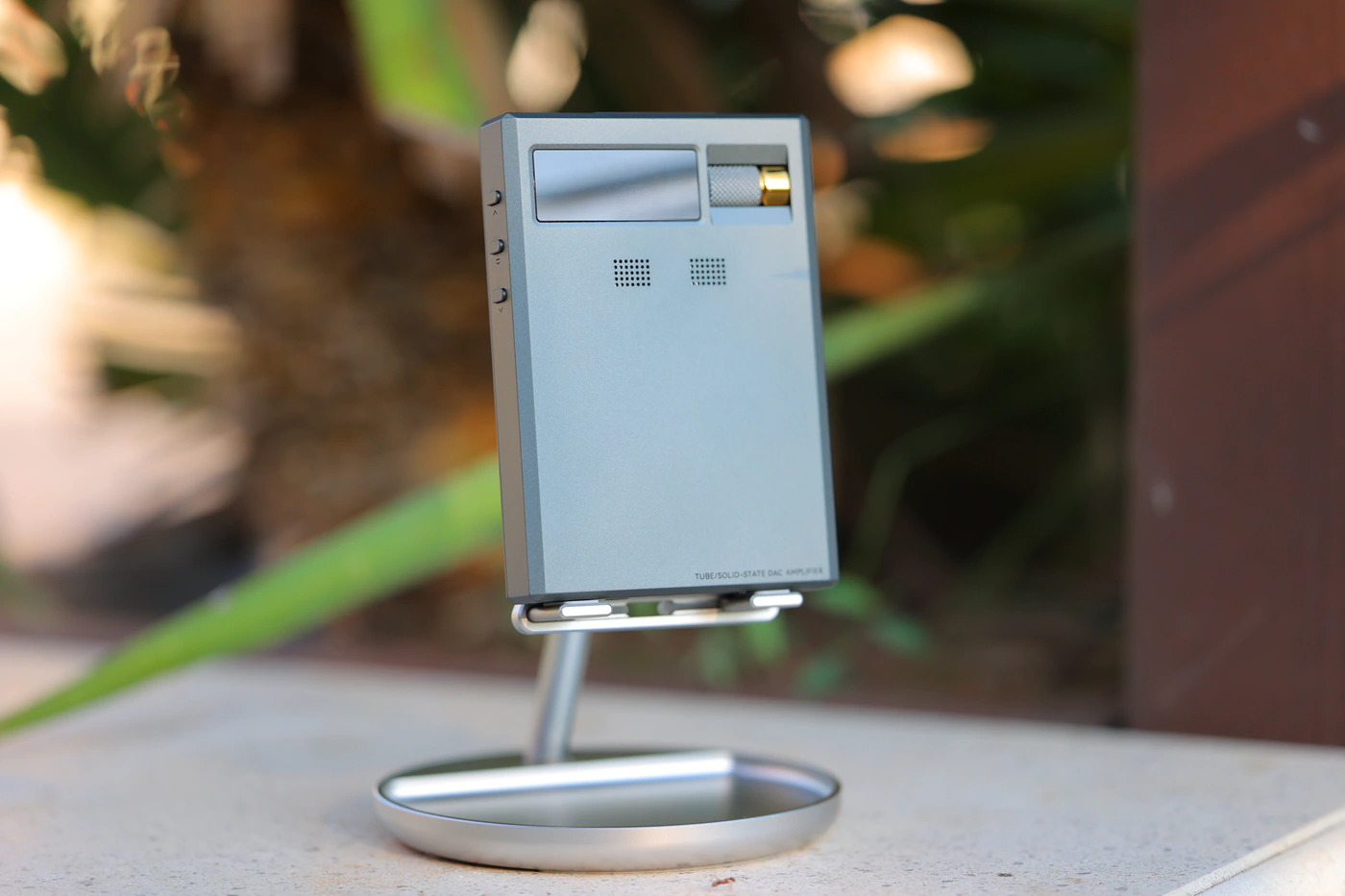
A huge highlight is the Gen5 3-Stage Amplification architecture, which uses 6 Toshiba 2SK209 JFETs and Korg Nutube 6P1 Dual Triode Tubes at the core. The actual OP-AMPs found at the core of the RU9 are a pair of two TI OPA1662 OP-AMPs, resulting in an effective 4-Channel balanced setup. We have not seen the OPA1662 OP-AMPs used in any DAC AMP before as of now.
Classic Tube Timbre allows each stage to operate independently, through local feedback and overall gain is determined by the cumulative gain of each stage. This has the highest THD, and resembles a classic tube sound, with more thermal noise and a richer sound.
Modern Tube Timbre uses a large-loop NFB circuit to determine the total gain. This incorporates NFB over multiple amplification stages, so the THD is reduced significantly. This has greatly reduced thermal loss and has a cleaner tube sound (resembles more closely a hybrid tube mode).
Solid State Timbre uses the OP-AMPs and precision tubed peripheral circuit, offering the highest resolution, fastest dynamics and a neutral tonality.
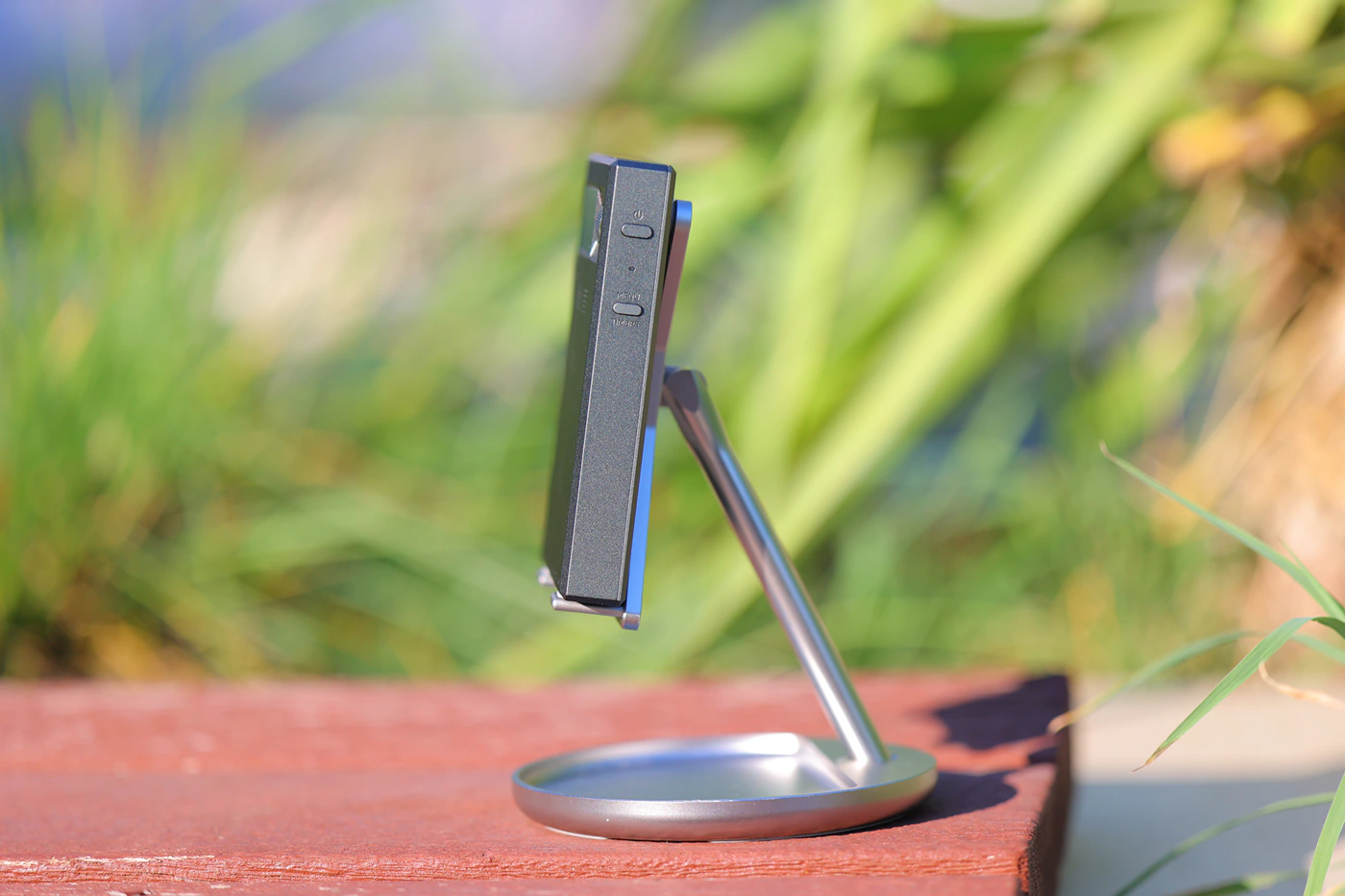
Cayin includes a Hyper Mode, which can be activated when engaging DC mode, and it further increases the amplifier’s quiescent current and opeatring voltage, increasing clarity, soundstage and dynamic range, but increasing heat and can only be used if providing an external power supply, separate from the data one. Maximum output power is thus 1000mW + 1000mW for the 4.4mm balanced output for a 32 OHM Impedance, 1170 mW + 1170 mW for a 16 OHM Impedance, but for the 3.5mm Single Ended output, it stays relatively high, at 420 mW per channel for a 32 OHM impedance and 610 mW per channel for a 16 OHM impedance.
USB DAC – Subjective Usage
There is no USB DAC delay, and Cayin RU9 is instant, excellent for real-time playback of music videos, gaming, and any real-time content you may desire. They implemented an anti-vibration system, and it uses FPC flexible PCM, a custom silicone damping sleeve and a pins suspension system, all of which make RU9 completely immune to handling noise or tube microphonic noise. Even sonically, there is no tube ping sound when pressing play or after pausing a song, like we’ve seen with iBasso PB5.
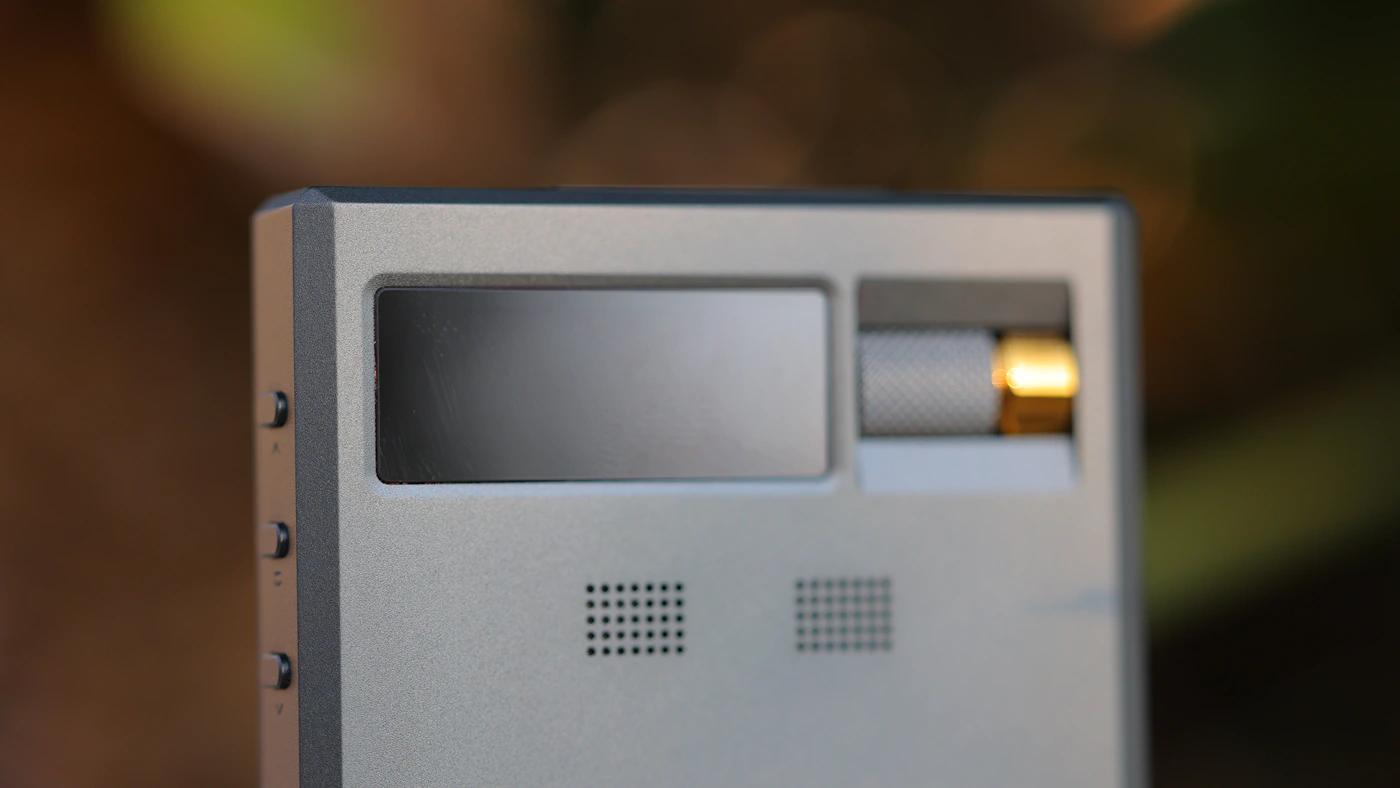
Using the combination of a physical volume wheel and touch buttons is nice, and for a 150 grams device, RU9 feels lightweight, and the dimly lit OLED display is enough for outdoors usage, and does exactly what it is supposed to. There are windows on the back to cool the 6P1 Nutubes, but Cayin RU9 is right now the DAC AMP that gets the hottest from all I’ve tested, it is hot to the touch if using DC Mode and Tube Mode.
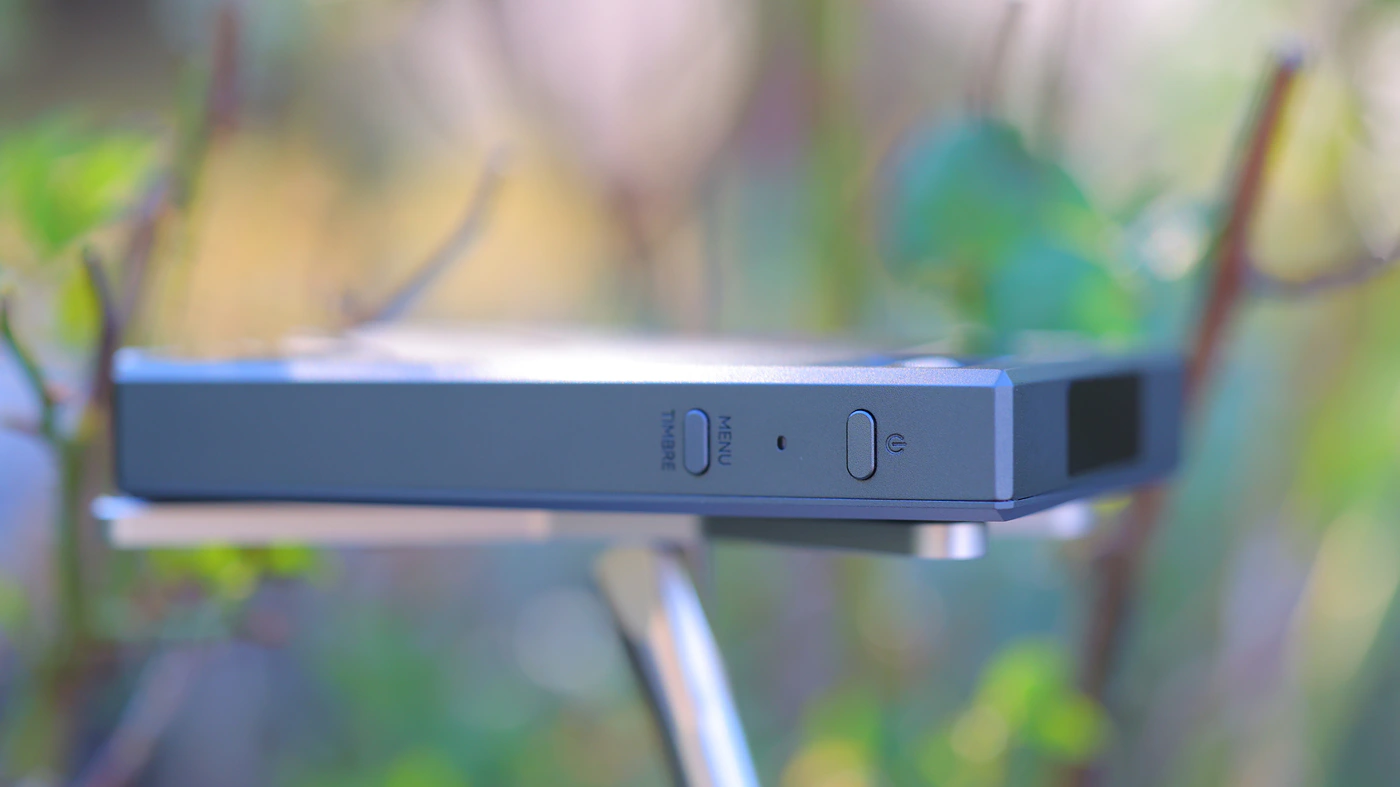
An unusual behavior, but welcome, whenever you change the tube for the AMP, it has a countdown of 6 seconds before it engages that. It also does that when you insert a new pair of headphones. Overall, it works flawlessly, except for the high temperature if you’re pushing it to the limits of its power.
Sound Quality
Pairings – I have paired Cayin RU9 with a selection of IEMs and Headphones including KBEar Cepheus, Xenns Mangird Top Pro, Punch Audio Martillo, Crosszone CZ-10 Enhanced, TanchJim Origin, NFAudio NE4, NfAudio NA2+, Rose Technics QT-X, Palma DHS-1, and RAPTGO LEAF D01. It has more than enough power for all the IEMS in this list, even on low gain, with no audible background noise. In fact, I it is one of the very few DAC AMPS using Nutubes to have a zero net background noise with Moritz Dragon, and Soundz Flame too.
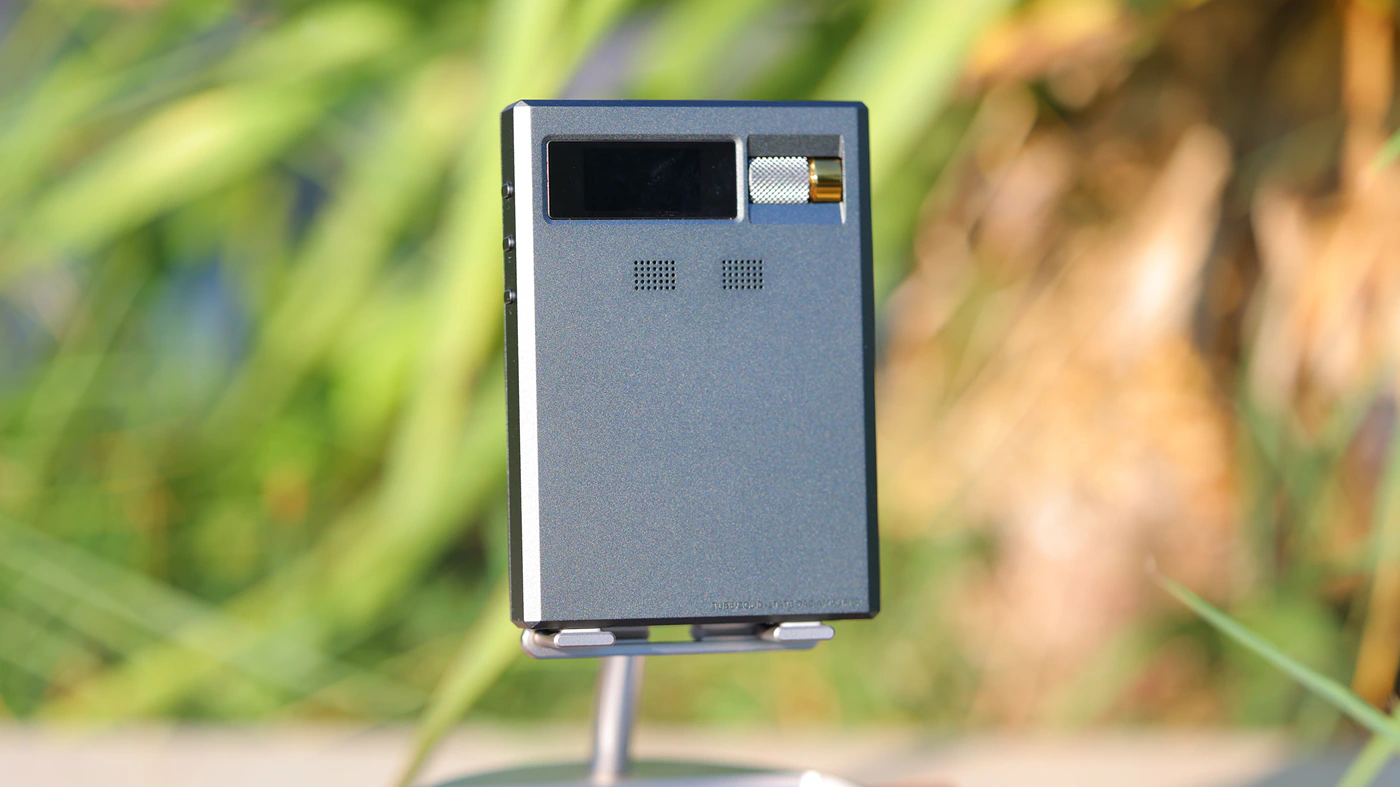
When going High Gain, DC Hyper mode, it can drive HIFIMAN Susvara Unveiled, Isvarna, HE10000 Unveiled really well, with a strong, bold bass. This is the kind of DAC AMP that makes listening to Crosszone CZ-8a Enhanced, Palma DHS-1, Erzetich Mania V2024 not require any kind of EQ, and just a pure feeling of bliss. I absolutely love how it can have enough control, a high enough dynamic range and impact level for hard to drive headphones while still having zero noise for IEMs.
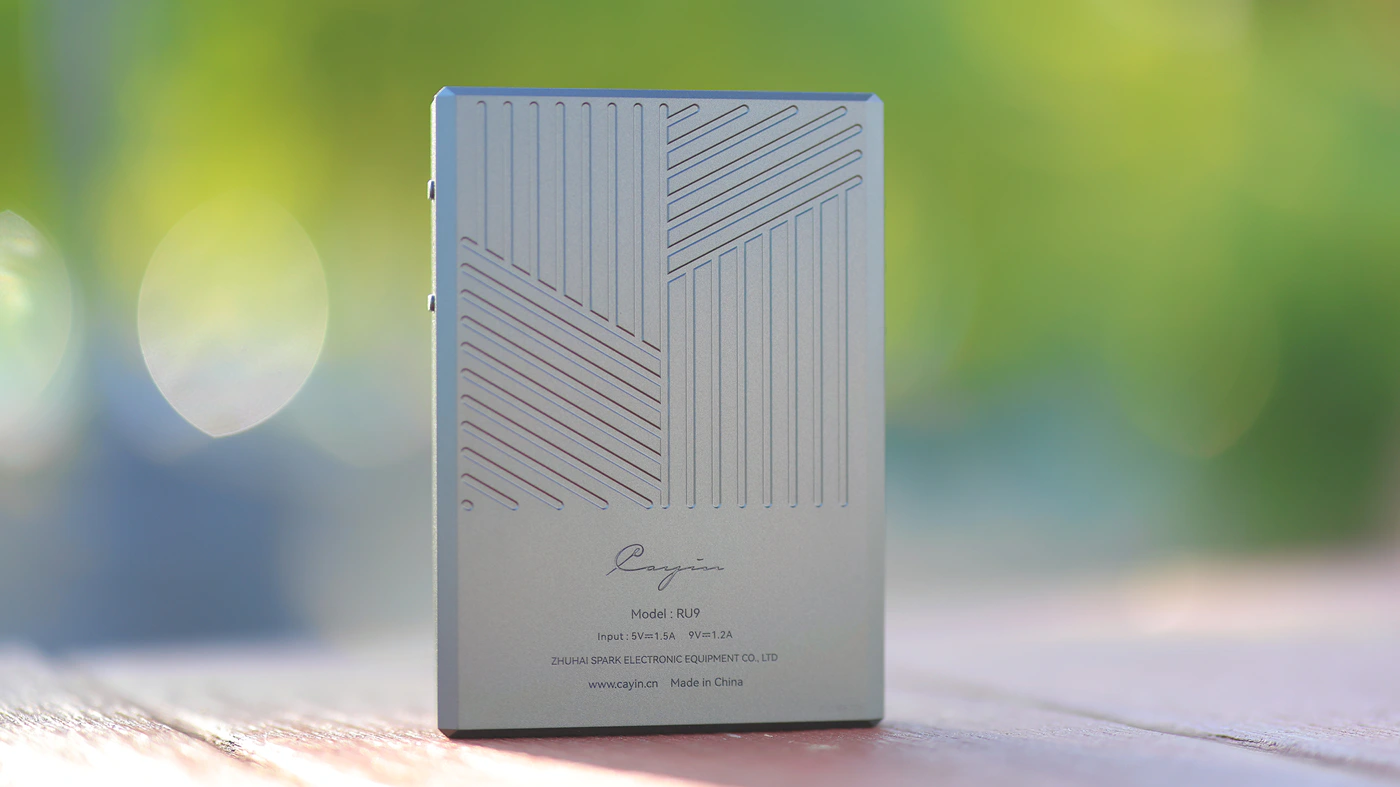
Overall Signature – Despite a huge part of buying the Cayin RU9 would be the Nutube AMPs, the actual sonic difference between sonic modes is not that large, and you can quite safely use any of the modes to enjoy music, but you hear the increased distortion in C or classic mode, and I much more prefer the M Mode which has the best balance of Warmth, bass impact, control, with the more colorful and vivid sound compared to SS or Solid State mode that sounds very linear, studio, dry and analytic. For the rest of the review I will focus the most on reviewing Cayin RU9 using the M modern mode, as C mode has a bit too rich of a distortion for my liking, and Empty Mode or SS Mode is simply too neutral and does not take advantage of the potential RU 9 has.

Bass – Bass starts from the deepest depths, it kicks into action, with a strong punch and deep rumble, regardless whether you’re driving some of the hardest to drive headphones that RU9 can handle, like susvara unveiled, or a pair of IEMs that are easy to power but hard to control like Moritz Audio Dragon or Soundz Flame. This exceptional volume control makes RU9 really easy to enjoy with EMD, Dubstep, Electronic music, but also gives a strong backbone and contrast for rock, metal and more acoustic styles. In Modern style, bass is smooth, full and lush, deep and powerful. In Classic mode, it has a much higher amount of textures and a higher distortion, while in SS mode it feels more neutral and more shallow too. Speed of the bass is very fast in modern mode already, it reacts instantly, can stop instantly and has incredible control, so the other two modes don’t make much sense for a basshead.
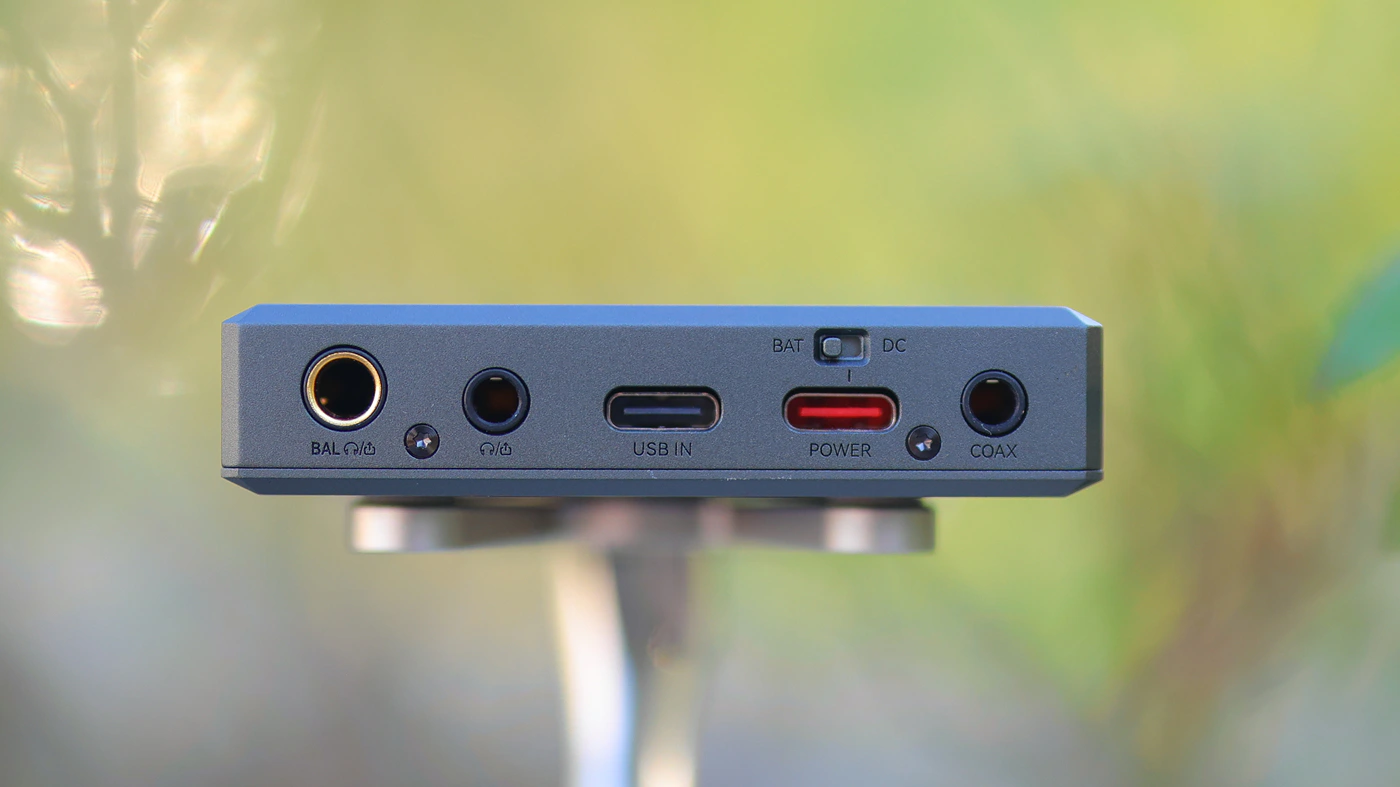
Midrange – We have top notch control, a musical, euphonic and rich midrange, with a superb resolution and revealing ability. Cayin RU9 once again is remarkably controlled, crisp and precise, but this also means that it has a strong separation between instruments and layers, it renders both male and female voices with the same energy and strength, same level of presence, and the soundstage is not compressed at all, instead RU9 allows each song to expand, in both staging and dynamic range. It is quite unique in how transparent and ultimately color-free it is in the midrange. More than anything, the modern mode reminds me a lot of the tube specific richness I hear with iBasso PB5, while classic mode is too rich, brooding on too distorted, and SS mode is quite clear and neutral, a bit flatter and lacks the engagement and emotion of the Modern Mode.

Treble – Cayin RU9 is generally rather energetic with a top-top perfect extension, it can reach 20 kHz and power up all headphones and IEMS with a ton of sparkle, brilliance and treble energy. It is for all intents and purposes incredibly revealing and crisp, but in modern mode the sound character is a bit wet, which gives it a special richness that avoids it sounding too dry or harsh. This being said, in Classic mode, it sounds very textured, a bit distorty, but incredibly rich. It is not quite what I seek, and SS mode is also quite extremely flat, precise, but cookie-cutter precise, it reveals harshness, aliasing and glare in music, makes RU-9 quite fatiguing.

Dynamic Range And Textures – Cayin designed the biggest differences between the tube mode and it does not take an audiophile to hear those, they are super evident, with Modern mode sounding rich but organic and smooth around the edges, SS mode sounding crisp, but edgy, cold, harsh, and Classic mode sounds like a really old-fashioned tube amp, very textured, but to the point where it increases the THD a lot. I personally recommend M mode the most, it is really revealing, brings out the highest resolution while making all music enjoyable, regardless whether it is modern rock, metal, Dubstep or Electronic. Dynamic range is rather wide, it does not compress music, and allows even modern rock to have more information, a higher dynamic level, allowing you to turn up the volume and achieve a more dramatic sound this way. This makes RU9 sound very dramatic and engaging, instead of laid-back and relaxed.
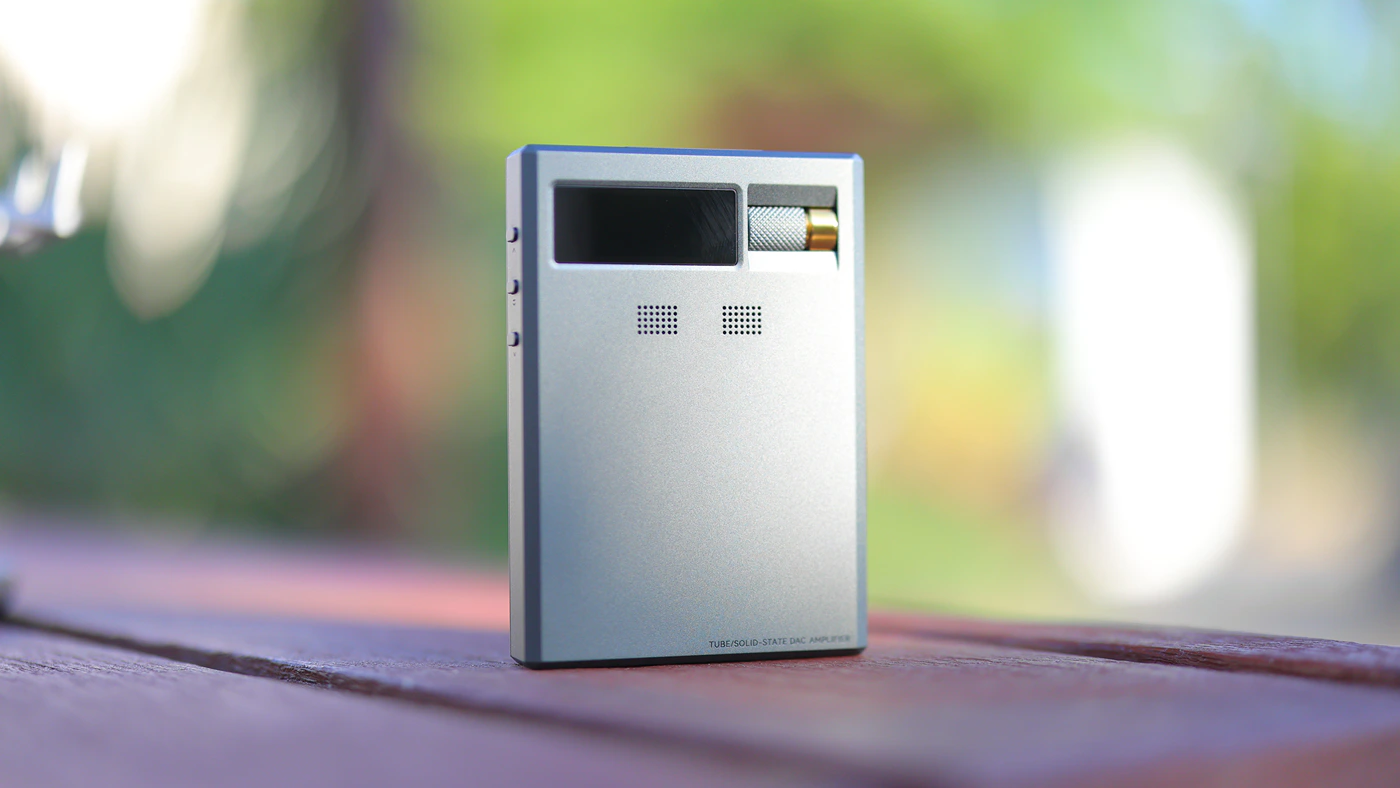
Loudness Saturation Gradient – Cayin really has one of the best volume control and loudness saturation gradients you can get around this price range. RU9 is brilliant, it achieves what I consider to be perfection, drives both IEMS and full-sized headphones with the same tuning and signature, it allows music to breathe at both low and high volumes and has no bias towards sounding better at a certain volume level. At least in modern mode, you will feel compelled to push the volume a lot, it is too controlled, crisp and clean, you feel you can and you will go for a louder listening volume than you normally would.
Soundstage And Instrument Separation – Finally, a more open sounding DAC AMP, Cayin RU 9 is rather wide, expands the instrument separation and separation between layers, resulting in a very clean sound. There is no strict bias, voices are where the recording places them, and so are instruments, cymbals, I love this level of transparency.
Comparisons
Cayin RU9 vs iBasso Nunchaku DAC AMP (499 USD vs 299 USD) – Nunchaku is one of the most impressive dongle DAC AMPs, but RU9 has almost double the price, so it is inherently better. This being said, this comparison has been highly requested, and out of convenience I want to mention that Nunchaku can work as long as your smartphone does, while for a portable, RU9 survives for 3 hours, which is not a lot, most of my walks are quite a bit longer. With IEMS both have zero noise but for full-sized headphones, RU9 has a higher driving power, more control and more bass / punch, especially with very hard to drive models. Sonically, Nunchaku and RU9 sound similar, RU-9 has a bit more detail and can reveal a bit more, has three sonic modes, and sonically, in M mode, RU9 has a similar tuning and signature compared to Nunchaku, but with more power, higher resolution and a bit more oomph, for double the price.

Cayin RU9 vs Rose Technics RT-5000 (499 USD vs 699 USD) – RT-5000 is a desktop DAC AMP, but this has been one of the most requested comparisons, so I decided why not, as long as the price justifies that you’d make a choice between them. RT5K is the kind of dAC AMP that has line outs, dedicated, so if you ever plan to strap it in a system, it is a much better choice. Battery life on RU9 will last you at most a trip to the grocery store, so might as well consider both Desktop devices. RT5K sounds warm, rich, musically euphonic, while RU9 sounds rather balanced, more dynamic, more engaging, less warm, less smooth, and more neutral. Both have a similar resolution / detail level, but RU9 sounds more open, expands the soundstage and it is more dramatic too, enhancing the dynamic range, while RT5000 is more laid-back, relaxed, allows music to play smoothly and effortless while RU9 makes your soul and head move with the song.
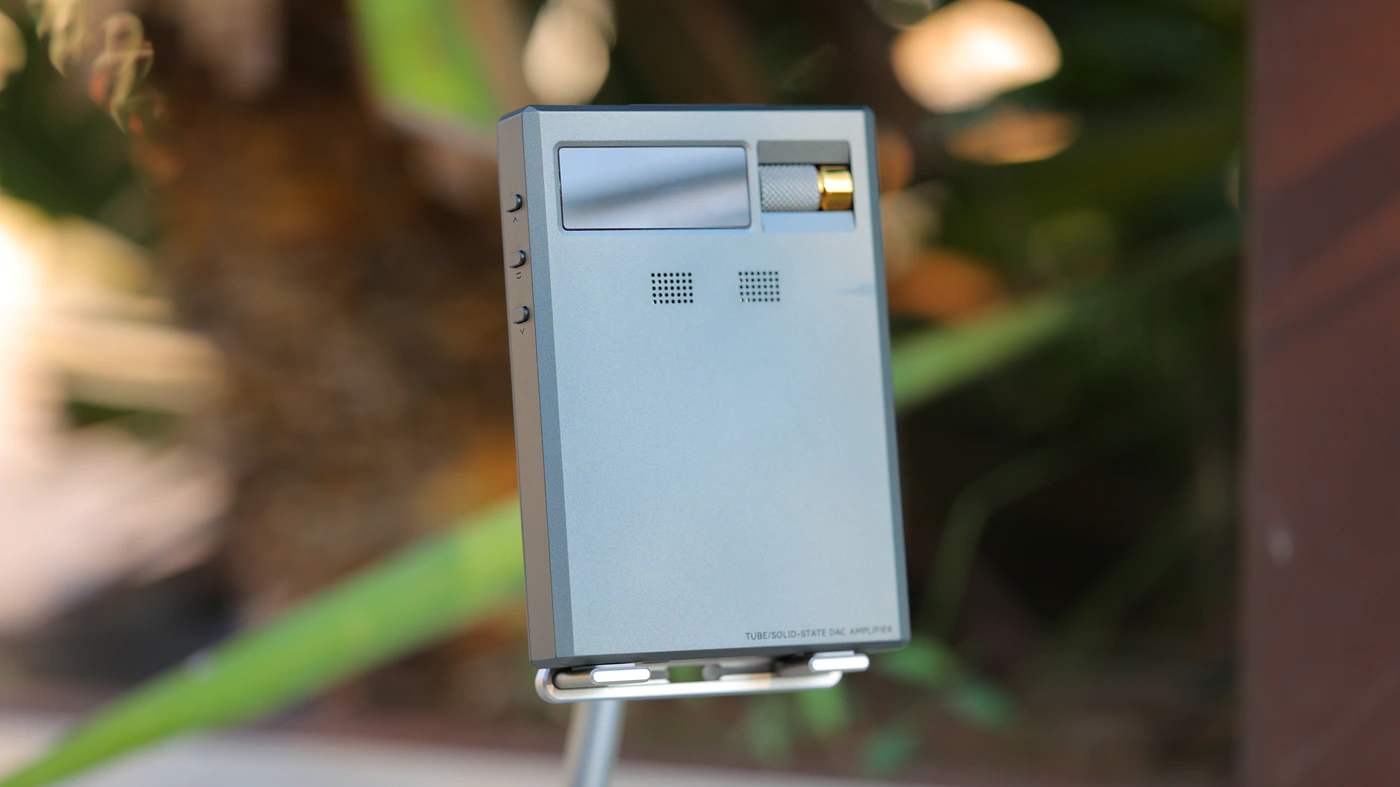
Cayin RU9 vs FiiO Q15 (499 USD vs 399 USD) – FiiO Q15 has similar functions, but no NuTube with the same level of clarity as RU9. Overall, Q15 has a far longer battery life, but RU9 has much better control with both IEMs and headphones, has a higher maximum volume with a lower distortion and three distinct signatures. Sonically, RU9 is more detailed, more crisp, more rich and organic. It is quite surprising what a few years can do for the current audio tech. While Q15 is most impressive with rock and metal, RU9 is impartial, it renders all styles better, and does not force me to enjoy a single music style.
Value and Conclusion
Cayin RU9 is not cheap for a portable DAC AMP, especially one of its size, but it has one of the most powerful sounds, highest driving power, and most interesting sounds you can get around this price point, and in modern mode it is more of a competition to iBasso PB5 (1500 USD) as a Headphone AMP than it is to the products found in the same price class. This means that despite the midrange price, RU9 has an outstanding price / performance ratio, and it is an excellent deal, very hard to match even if you go double.

Award – I find it hard to believe but Cayin comes out in 2025, releases one excellent product, and they instantly receive our Hall Of Fame award, this is how good the performance, and especially performance for the price is with Cayin RU-9.
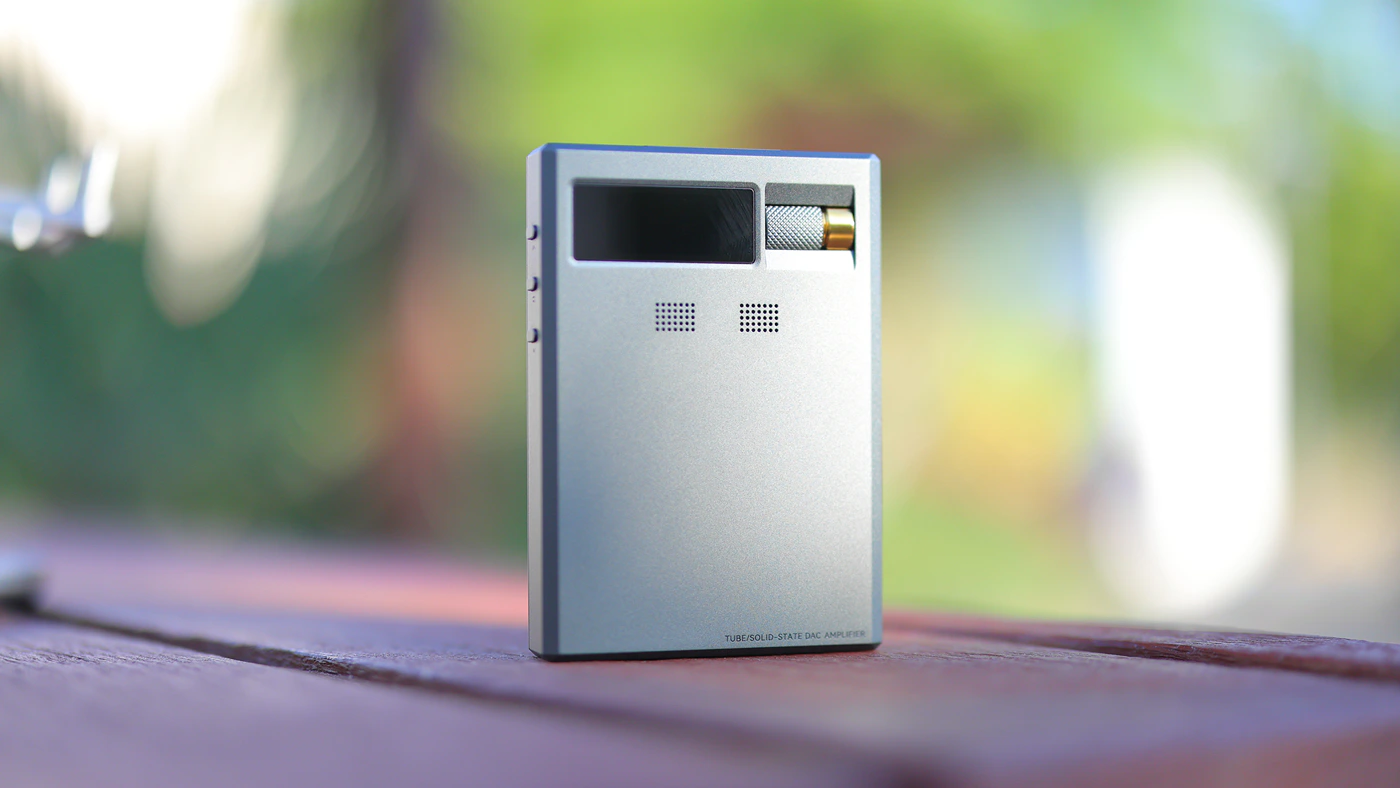
At the end of the day, Cayin RU9 has the build quality, sonic performance and reliability to be considered a top of the line flagship DAC AMP, but the midrange price sweetens the deal even further, this is a highly resolving, revealing DAC AMP but with impact, outrageously high driving power, and yet zero noise with IEMS and portable earphones, basic perfection. All in all, Cayin RU9 is the DAC AMP you have to hear to feel complete, and the most likely purchase to make if you need a portable DAC AMP in 2025.
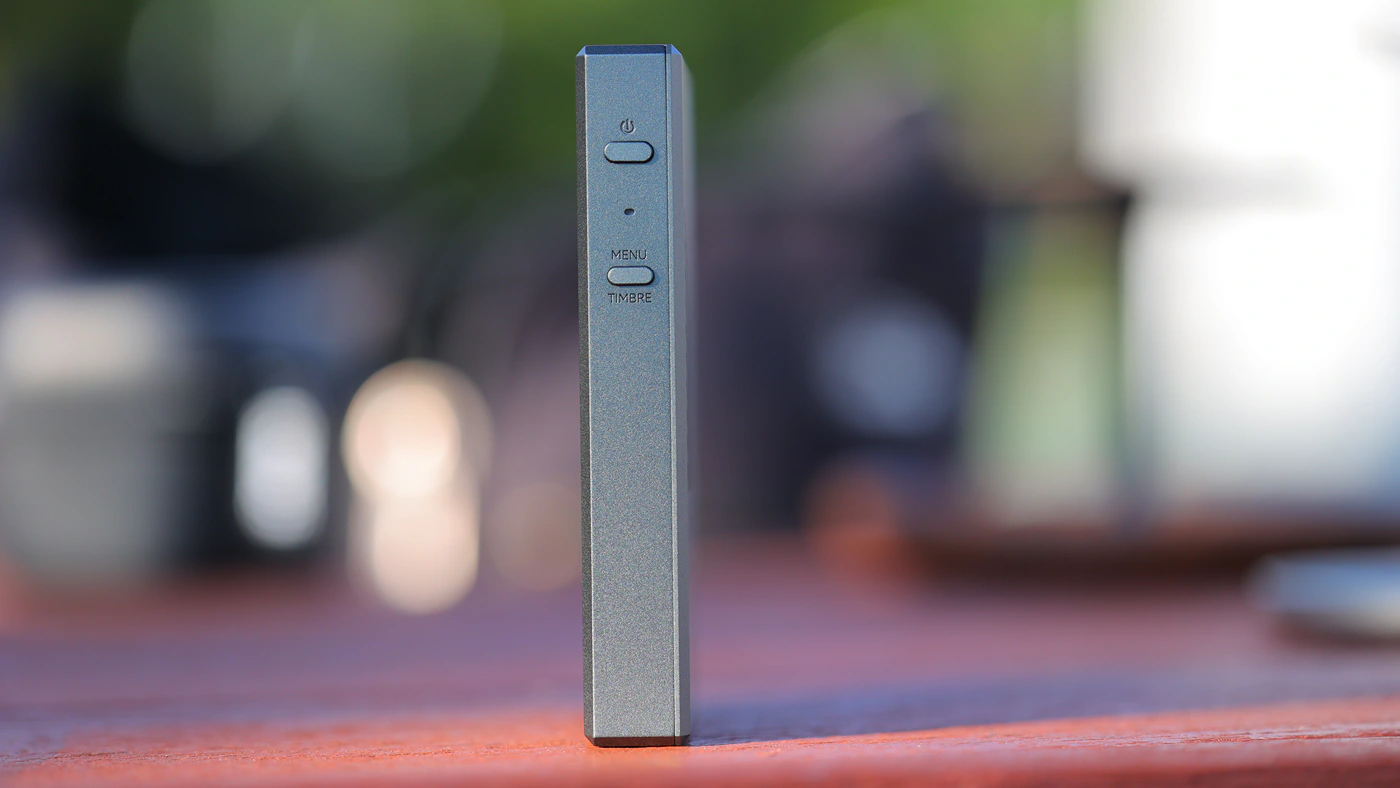
PROs
- No background noise with IEMs
- Deep and impactful bass with both IEMS and Headphones
- Delivers one of the most controlled, musically rich and organic signatures out of all DAC AMPs produced in the past year
- Price / performance ratio is simply insane
- Superb design
- More of a portable desktop DAC AMP
- Balanced design with a 4.4mm headphone output
- In Modern mode, one of my favorite signatures ever
- Two additional sound modes if you’re feeling kinky
Cons
- Gets hot during usage
- Short battery life
Product Link
Amazon – https://amzn.to/4fHNReC
Aliexpress – https://s.click.aliexpress.com/e/_omNzxEH
--- Please remember to stay safe, and always have fun while listening to music!---
- If you have a dime to spare, please donate, and help us! It would make the day brighter for me and my wife-
Full Playlist used for this review
We listened to more songs than those named in this playlist, but those are excellent for identifying a sonic signature. I recommend trying most of the songs from this playlist, especially if you’re searching for new music! The playlists are different for Spotify, Tidal and Youtube, and based on the songs I enjoy and are available on each!
https://www.youtube.com/playlist?list=PL_cjBXGmwSHSdGcwuc_bKbBDGHL4QvYBu
https://open.spotify.com/playlist/5J3oloz8Riy9LxEGenOjQ0?si=979ba4f082414be7
https://tidal.com/browse/playlist/330fd544-8e5b-4839-bd35-676b2edbb3d5
--- Contact Us ---





